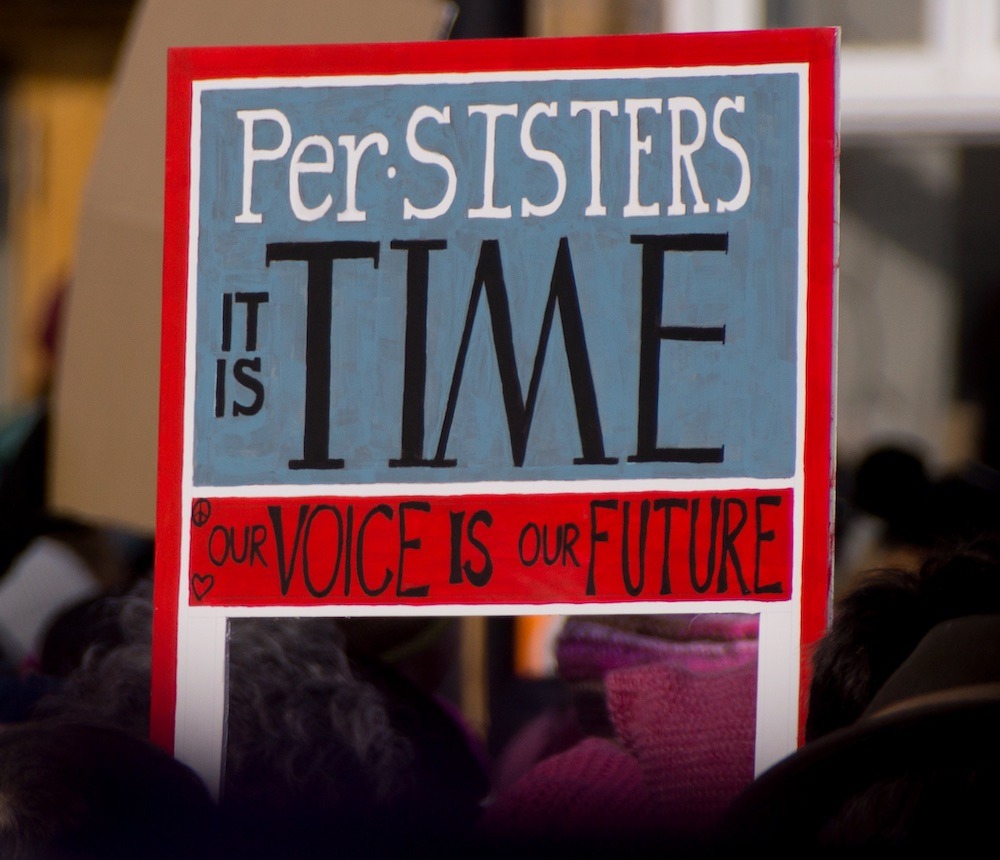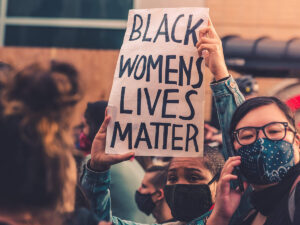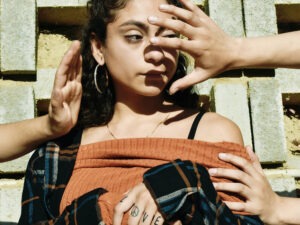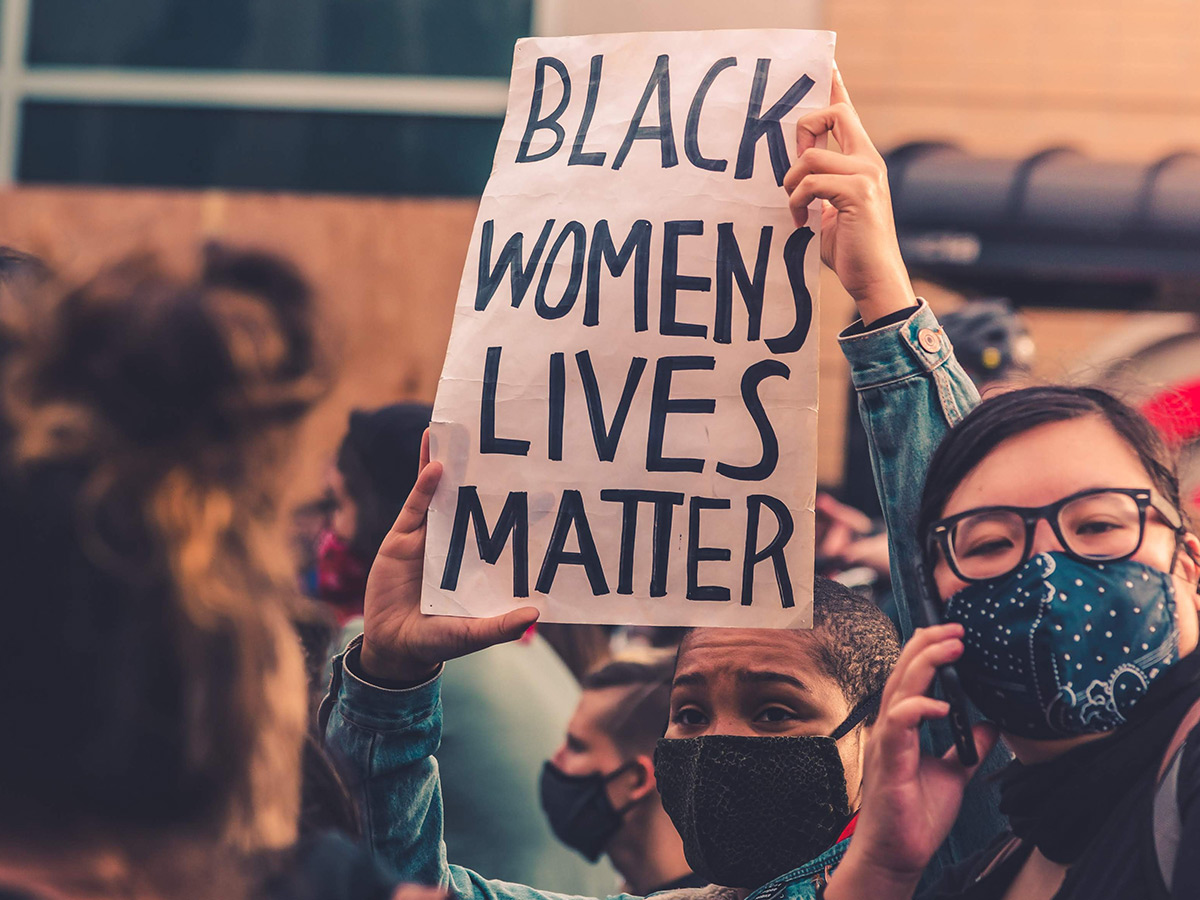
January 31, 2020; Colorlines
Bobbie Jean Johson ran away from an abusive foster home and ended up riding in a car she didn’t know was stolen. After being pulled over by the cops, she was taken to a New Orleans police station, where they acquired a forced and coerced confession that led to a life sentence in prison. She was 19 years old. Now, her story is being told through art in a new exhibit currently on display at the Ford Foundation Gallery in New York City.
The sculpture of a queen chess piece that artist Rontherin Ratliff created based on Johson’s story after working with her is called All Black & Blue, Bruises of a Queen’s Crown (2018). Among many things, it represents the nature of the confession and the complicated social fabric women must navigate.
Johson is one of 30 formerly or currently incarcerated women from Louisiana whose stories are told by artists in Per(Sister): Incarcerated Women of Louisiana. Each “persister” was paired with an artist who created a piece inspired by their stories. The exhibit was originally developed at the Newcomb Art Museum of Tulane University.
Over the past 40 years, the incarceration rate for women has increased 834 percent nationwide, and yet their stories are rarely told. The new exhibit strives to lift their voices and bring awareness to the issues that women face in the justice system.
Louisiana has the 19th-highest rate of incarcerated women in the world, and 82 percent of those women are in jail for nonviolent offenses. Most of those women are sexual violence survivors. Eighty percent are mothers, and most are raising their child without a partner.
Sign up for our free newsletters
Subscribe to NPQ's newsletters to have our top stories delivered directly to your inbox.
By signing up, you agree to our privacy policy and terms of use, and to receive messages from NPQ and our partners.
Recent data shows that reforms have reduced state prison populations, but when that data is separated by sex, it is clear that these reforms have been more beneficial to men than women, who have largely been ignored in most states. Between 2009 and 2015, the number of male state prisoners fell over five percent compared to a barely noticeable 0.29 percent decline for women.
This is a strong example of why it’s important to separate data by sex to better understand how men and women are differentially impacted by societal issues.
But Per(Sister) isn’t just about the statistics. The exhibit is about representing women as their whole selves and making an invisible population visible.
The Life Quilt (2018) by Louise Mouton Johnson is a quilt sewn with the names of 107 women serving life sentences. In Gilda’s Story (2018), Keith Duncan portrays Gilda holding her own story and surrounded by a calendar marked with the time she served. The diversity of artwork represents the uniqueness each woman’s story.
“I want for everyone who comes to the exhibit to see us through the art and to understand what brought us here. I’m a human being and my crime isn’t who I am. It doesn’t even begin to explain who I am,” says persister Dolfinette Martin.—Julie Euber













